There is a difference between a teenager slouching and an adult slouching.
It is gratifying, as a nagger [a skill learned from my mother] to constantly bug a teenager about slouching and watch them follow your advice and obtain great posture. Gone is the insecure 16 year old and in their place is the confident 19 year old.
One can’t help but to look upon that young adult and feel a sense of pride in the constant badgering that accomplished such a feat. And yet, the same adult is unable to fix their own posture. Braces, electronic reminders, Lenten resolutions, shock collars, etc. and nothing seems to stick. Sure they sit up taller for a while, but the head is still forward and the middle of the back begins to hurt. It is not lack of willpower, no matter how much one beats themselves up over their posture.
Something has changed.
The fundamental make-up of a teenager slouch verses an adult slouch is completely different. Until the adult is able to understand the difference, they will always have posture problems.
ONE
The tissue isn’t the same. We joke as adults that a child can stab themselves with a fork and watch themselves heal, but adults pull a muscle putting their belt on and two weeks later they still hurt. It is only funny because it is so true. A young person’s tissue just holds them together better.
Imagine a huge tent for a wedding that has a single large pole in the center. The cloth of the tent is new and taunt. The ropes and stakes that support the tent are strong. The whole structure is stable. Then someone runs into the center pole hard enough to make it wobbly. The tent as a whole is not as stable as it was, but because the cloth and the ropes and stakes are in such good condition, enough stability is maintained to make the tent functional. [This is the case of a young adult who begins to lose their bracing muscle strength.]
As the tent ages, the cloth begins to give a lot more. Tears easier and cannot be relied upon as much to provide stability. The ropes stiffen and become more brittle while the stakes bend. In an older tent, a wobbly center pole becomes an issue that must be dealt with if the tent is to stay up. [Please no comments on tent repair or stability, this is a parable on the aging body, not a treatise on tents.]
When injuries or bad positions occur, adolescents spring back into position like a Weeble. [“Webbles wobble but they don’t fall down.”] Adult tissue is like the part of the couch that one hates to sit on, because they sink in way too far. It is just not the same tissue.
TWO
Gluteus muscles are weaker. The muscles in the buttock that hold the leg into the hip in a stable position are bracing muscles. Muscles that have to work all day stabilizing the hip joint. As adult sits at their job, or find increasingly more efficient ways of completing their jobs, they slowly begin to lose the endurance of these bracing muscles. Sure, the gluts are still strong, but how is their endurance? When standing, how long until they lean into one hip? This is a sign of endurance in the stabilizing function of the gluteus. When the gluteus is weak, psoas tightens [see The Posture Series, No 3].
THREE
Pelvis is in the wrong position. Adults not only sit more, but have better chairs. Kids sit in terrible chairs and can’t wait to get out of them. Adults take their hard earned money and get the chairs they deserve. Then they lean back into them. They role their pelvis back, allow their tummy to pooch out and sit like this for hours. The days turn into weeks and months and then years and decades. The pooched out tummy becomes a norm that one would never see in teenagers. It becomes a sign of decreased deep bracing muscle strength around the lumbar spine. A teenager with their pelvis in the wrong position is okay because their tummy is drawn in all the time. An adult has to have their pelvis in the correct position because of this lack of endurance in the tummy muscles (not situps).
Adults then try to get their posture back and think all they need do is make a commitment to sitting up straight. Instead, getting their pelvis in the correct position is going to take a serious 180-day commitment to drawing the tummy in correctly, stretching hamstrings and hip flexors, strengthening the gluteus bracing muscles and deep bracing muscles. Add to this, knowing where the pelvis is supposed to be, rather than pretending they have an adolescent slouch.
CONCLUSION
These steps might even make putting on a belt less dangerous to one’s health.

